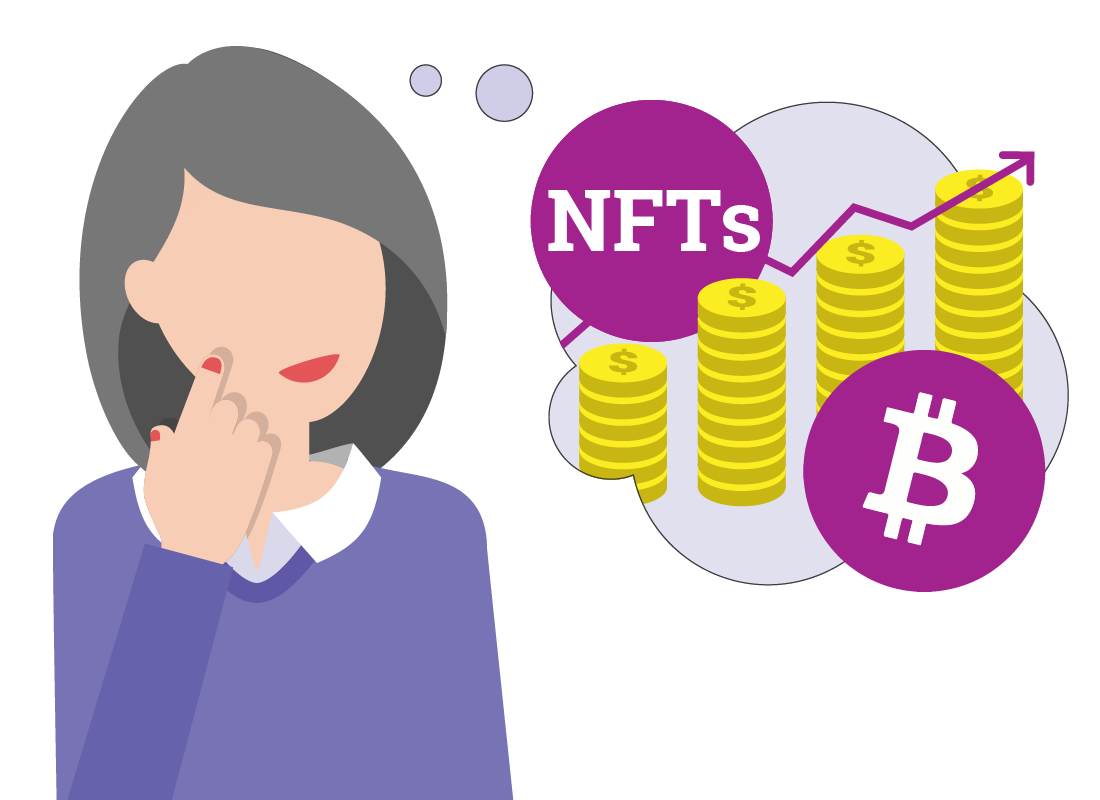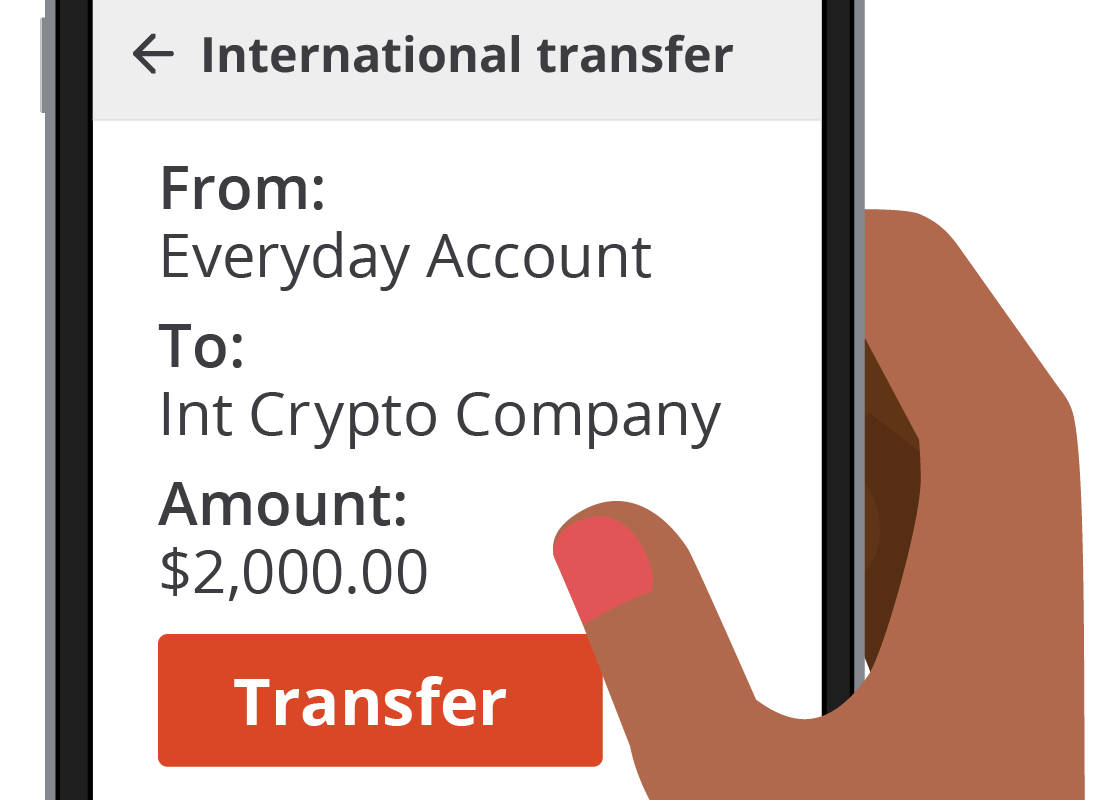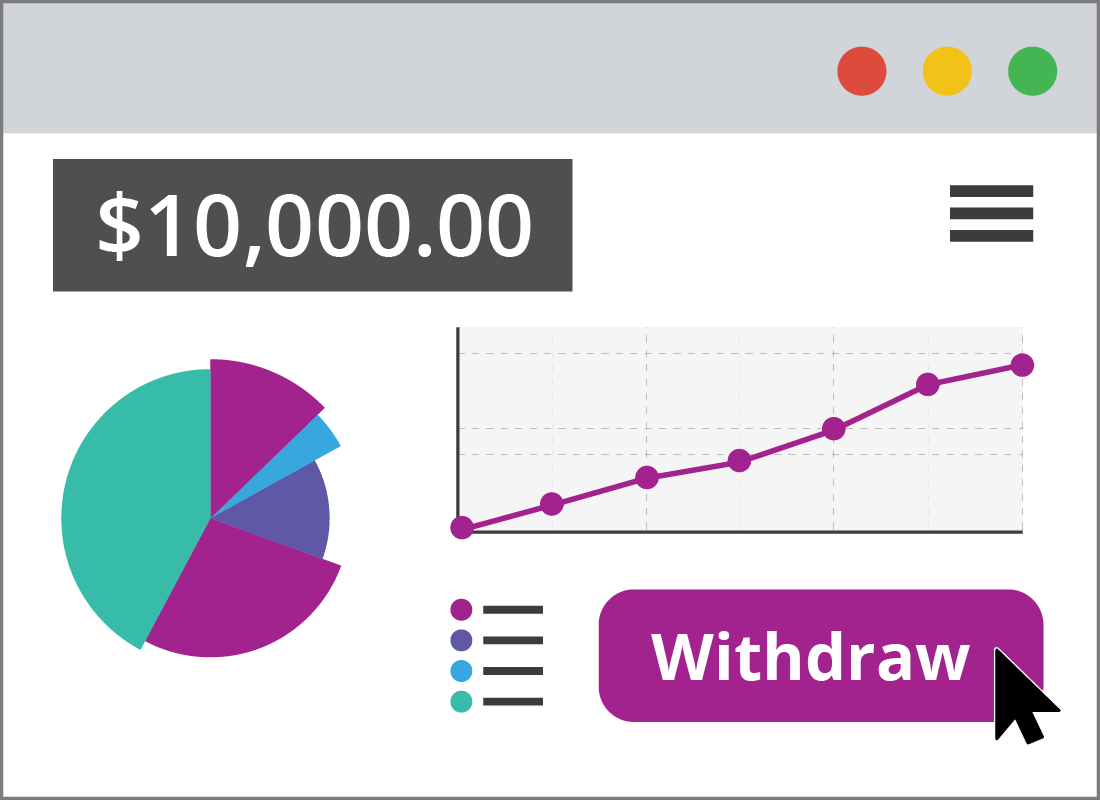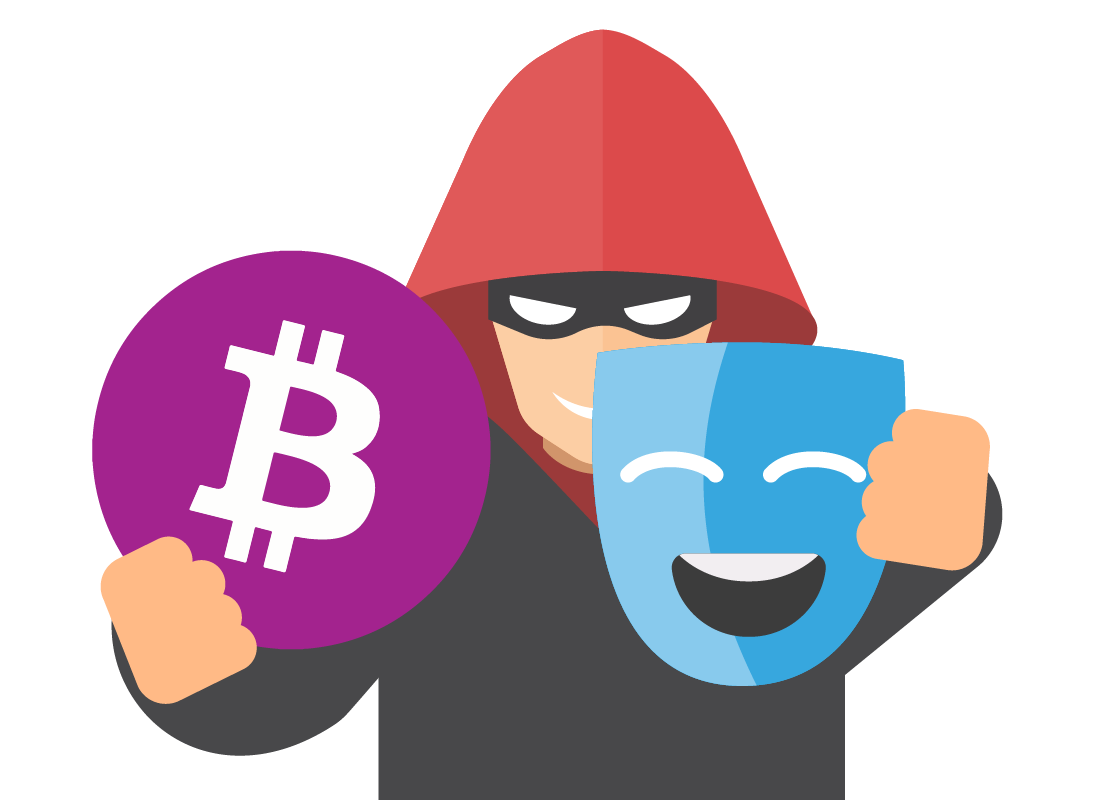How to identify a crypto scam
How to identify a crypto scam

What's coming up?
In this activity, you will learn how a crypto scam works, step by step via a scenario. You’ll meet Lena, who gets a recommendation from a friend to use a crypto broker. Unfortunately, the recommendation is fake, and Lena falls victim to a crypto scam.
Start activityLena gets an email from a friend
Lena receives an unexpected email from an old friend, recommending that she can make a lot of money if she uses a cryptocurrency broker. Lena has heard about crypto giving big returns, so she’s intrigued, and clicks on the link in the email.


The email was fake
Unfortunately, Lena forgot the golden rule about unexpected emails, which is to never click on any links they might contain. The email was fake, and scammers now know Lena is interested.
They contact her via email, and explain how she can make lots of money by investing in different crypto tokens and NFTs. They know Lena doesn’t understand these buzz words but they sound legitimate. Lena is impressed and agrees to invest.

eSafety tip
Remember to never click on links in unexpected emails, and if anyone asks you to invest money over email, text message, or social media, you should cease contact immediately.
Lena pays the scammers
Lena decides to invest $5000 to start with, which she sends via an international wire transfer. The scammers ask her to download software to her computer, which they say will allow her to track her investment.
She installs the software on her computer and sees impressive graphs and market trends. To her delight, the value of her investment goes up by 10% in less than a week!


The price of Lena’s crypto falls
After a quick 15% rise, according to the software, Lena’s investment then starts to go down in value, sinking to $4500 and then $4000. Lena is worried, and she contacts the scammers for help. They convince her to use WhatsApp to discuss the situation.
The scammers say crypto does this all the time and show her some real graphs. They recommend Lena invest another $2000 to take advantage of the low price before it goes back up.
Lena invests more money
Lena decides to wire transfer another $2000 into what she thinks is her cryptocurrency investment. Just like magic, the software shows her crypto increasing in value, all the way up to $10,000!
She decides to withdraw her $5000 gains, so it won’t matter if the price goes down again. She contacts the scammers to arrange the withdrawal, but they don’t reply.


Lena gets suspicious
Unable to contact the scammers, and with her money apparently gone, Lena contacts her friend and asks about the crypto broker she recommended. The friend is baffled, and says she’s never heard of this company, nor did she send Lena any emails about them.
Lena deletes the program the scammer asked her to install and does a scan with her antivirus suite. It detects malicious software and removes it from her computer.
Lena realises she has been scammed
At this point, Lena accepts that she has been scammed. Her bank tells her there’s no way to recover the money she sent by wire transfer, and she changes all her passwords to be safe. Lena also contacts the ACCC’s ScamWatch page at https://www.scamwatch.gov.au/report-a-scam to report the scam.

Well done!
This is the end of the How to identify a crypto scam activity. You’ve learned what a crypto scam can look like, by following along with Lena’s unfortunate experience.
Up next, you can find out how to avoid being tricked by these scams in the Protecting yourself from crypto scams activity.
